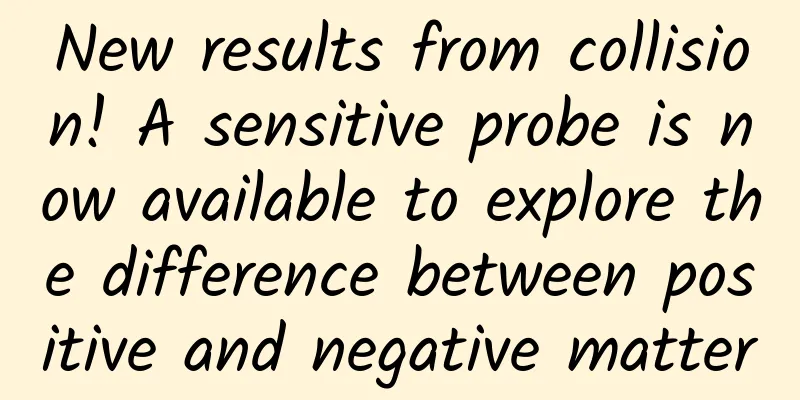Subvert your cognition! Woodpeckers don't wear "safety helmets" when they hit trees

|
It's often thought that the spongy bones in woodpeckers' heads cushion their brains from impact, but in fact, their skulls are as hard as hammers. A great spotted woodpecker returns to a tree hole after foraging to feed its chicks. Photo by Xinhua News Agency reporter Yang Qing New research suggests that woodpeckers' skulls are not designed to cushion impacts, but rather to strike wood more forcefully and efficiently. Woodpeckers bang their beaks against tree trunks to communicate, find food or build nests. The spongy bone between a bird's brain and beak was once thought to cushion the brain from repeated blows. But this organization actually helps them strike quickly and deeply with minimal energy expenditure, like a well-designed hammer, says Sam Van Wassenbergh of the University of Antwerp in Belgium. “We had a feeling that this shock-absorbing theory didn’t make any sense,” he said. “A hammer with shock-absorbing features is a bad hammer.” Van Wassenbergh and colleagues analyzed 109 high-speed videos of six captive woodpecker species hammering on wood, including two black woodpeckers, two northern black woodpeckers, and two great spotted woodpeckers. They found that in the milliseconds after the beak struck the wood, the bird's eyes and head moved at about the same speed as the beak, meaning that the spongy bone in front of the eye was neither compressed nor absorbing the impact. The team then created digital models of woodpeckers to test what would happen if the spongy bone was impacted. While the cushioning would reduce the impact on the brain, it also means the bird's beak can't dig as deep into the tree, Van Wassenbergh said. In fact, to strike deeper into the tree, the birds will have to hit the tree harder, which actually cancels out any benefit of shock absorption. Despite the lack of shock absorption, the team found that the bird brains were not at risk of concussion because the impact was not strong enough. The woodpecker's brain is located inside a fluid-filled skull, and given its size and weight, damage would only occur if they struck the wood at twice the normal speed, or if they struck a surface four times harder than natural wood. “It’s normal for a smaller organism to be able to withstand these huge forces,” Van Wassenbergh said, comparing it to a fly hitting a window with much greater force, “they just take off and fly again.” The term "spongy bone" doesn't mean the bone is soft or compressible, he said. Instead, it suggests the bone is porous and lightweight — crucial for a bird that can fly. "The bone is just strong enough to perform the functions it needs to." The related paper was published in Current Biology on July 14. Source: China Science Daily Editor: Wu Tong Review: Wang Fei Final judge: Chen Lei |
<<: Amazing! New discoveries on the seabed!
>>: Why do we have to develop a hydrogen bomb, he said -
Recommend
Ghost Blows Out the Light Complete Works Tian Xia Ba Chang (8 Parts) PDF eBook
Ghost Blows Out the Light Complete Works Tian Xia...
9 models to teach you how to quickly master content marketing
This article summarizes the 9 major architecture ...
117-year-old man dies! Is longevity determined by genes or intestinal flora?
BEIJING, Aug. 21 (Xinhua) -- Maria Branyas Moreir...
What are the 25 most popular money-making projects in 2020 and the side jobs suitable for office workers?
2020 is about to pass, and I originally wanted to...
Are Douyin stores and window displays the same? What are the connections and differences?
This article mainly introduces whether Douyin Stor...
As an e-commerce operator, how much do you know about the impact of average order value?
As one of the three axes of e-commerce operation ...
I heard that marble has radiation? The mineral that can really harm you is...
"Marble has radiation, it is dangerous to ke...
How to reduce user churn through effective operational activities?
The “Double 12” promotion kicked off the year-end...
Digging the root | The sky-high-priced "anti-cancer injection" can "eliminate" cancer cells with one shot? Is it true or false? Find out in one article today!
gossip In recent years, a kind of "anti-canc...
Analysis of mobile phone camera sensors
We all know that the most important part of determ...
@Zhang Heng: What were you thinking when the earthquake happened?
Excerpted from: "Inside and Outside the Clas...
How hard have scientists tried to "sneak a peek" at those fat black and white guys?
On March 18, 1978, the Wolong Nature Reserve, the...
JD Power: Research finds that the failure rate of new energy vehicles far exceeds that of fuel vehicles
JD Power's recently released U.S. New Car Ini...
2020 Aion S launched: King of Evolution with more features but no price increase
On July 2, the annual upgraded model of GAC New E...
Three departments jointly call for a ban on this type of food! Do “gold-plated” foods have any nutritional value?
Gold foil chocolate, gold foil cake, even gold fo...









